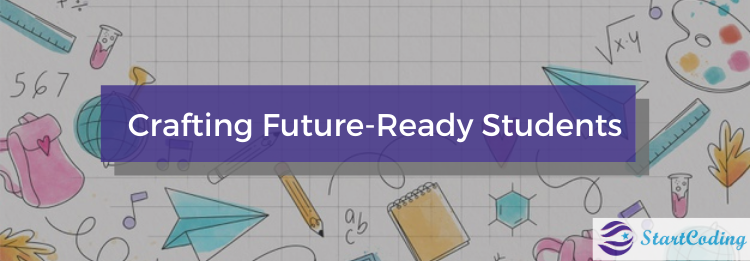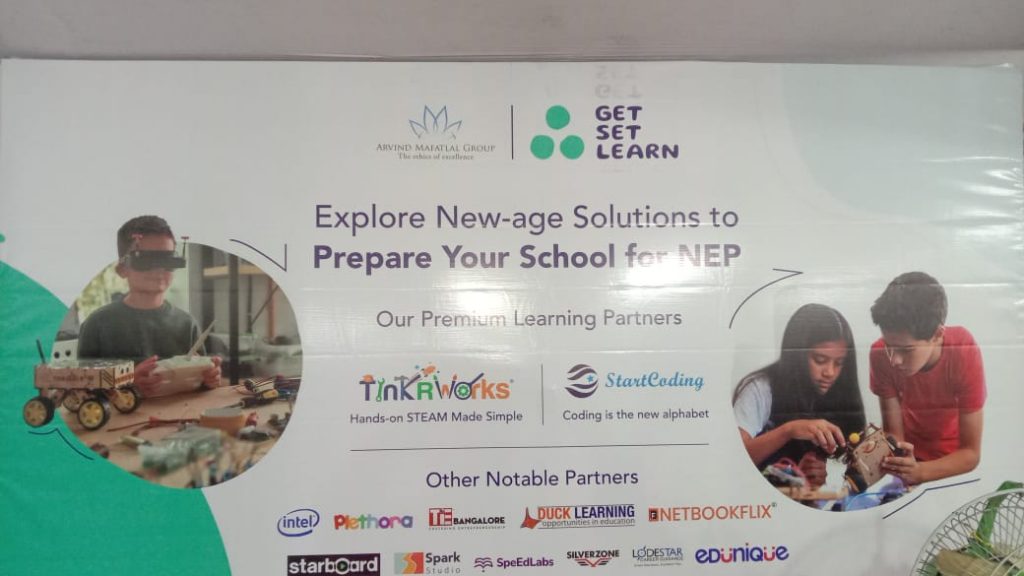We are currently preparing students for jobs that don’t yet exist, in order to solve problems, we don’t even know are problems yet. In order for students to be prepared to enter the future workforce, they must have a deep understanding of and be able to apply content knowledge. There is no doubt that academic content knowledge is part of a recipe for success. But information on its own will not be enough to help young adults successfully navigate and succeed in an ever-changing work landscape.
While students will still need 21st century skills like collaboration, communication, critical thinking, creativity and computational thinking, it’s becoming increasingly important to equip students with the technology skills they’ll need to thrive in a digital economy. Skills like cloud computing, artificial intelligence, machine learning and more are already in demand in organizations around the world.
Here are ways we can help students prepare for the workforce of the future:
Give students opportunities to be creative.
If these new jobs are appearing out of nowhere, someone has to dream them up. Creativity is a skill that we can help students develop.
Put students in situations where they must communicate.
New ideas and concepts are becoming more and more valuable in the world. Ideas are only as good as the way you explain them to others. Communication is a skill that has served people throughout the ages. It’s also one that needs more focus as text messaging and social media has made it less face-to-face and often shallower.
Put students in a position where they must think on their feet.
Quick thinking and adapting on the fly are skills that aren’t going away. Those are skills that can be developed, too. They’re not innate gifts. We can help students practice coming up with good ideas on the spot so they’re better at it.
Help students think about novelty.
Often, a new spin on an old idea has value, and so does an old idea with its focus in a different place. We can help students practice generating new ideas or new versions of old ideas so they’ll be able to create new products later.
Help students create projects using coding.
We can help the students explore the importance of computer programming and find simple ways to empower students to learn coding and design projects since most of the future requirements will be focused on coding.


